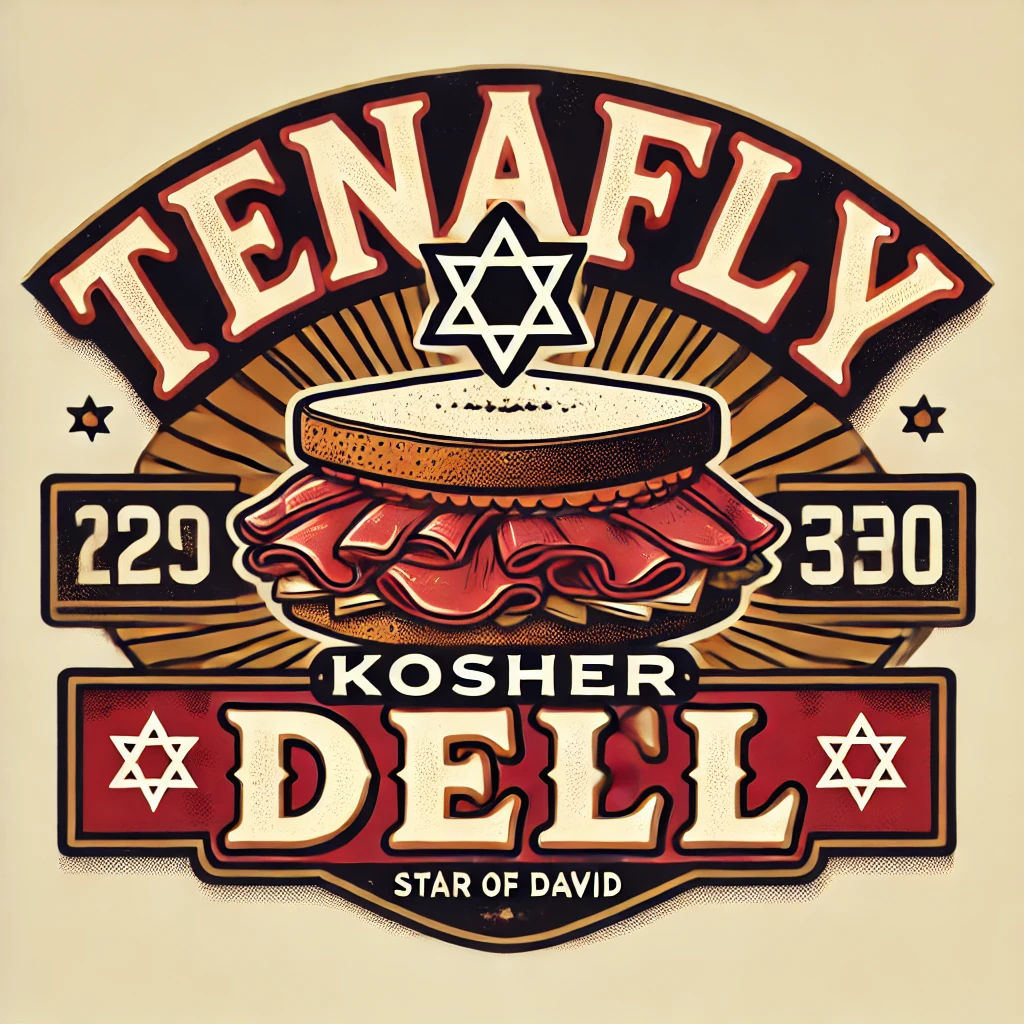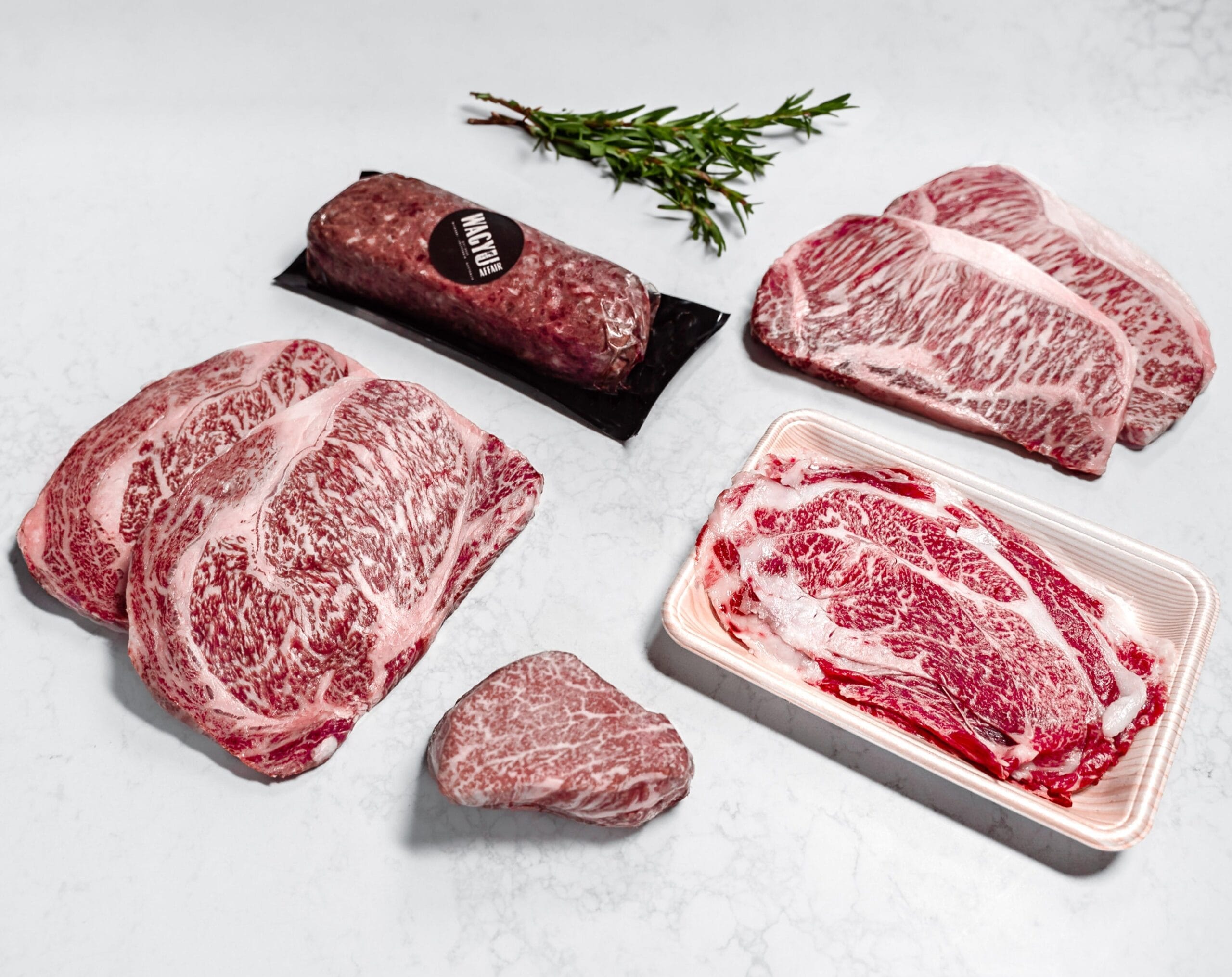Understanding Quality Meat Selection & Preparation
Whether you’re smoking a brisket, grilling steaks, roasting a pork shoulder, or preparing a lamb dish, successful meat preparation begins with selecting quality cuts and understanding the proper techniques for handling, seasoning, and cooking.
At Tenafly Kosher Deli, we’re passionate about helping you achieve perfect results with your meat dishes. This comprehensive guide brings together our expertise on meat selection, preparation techniques, cooking methods, and food safety to help you create exceptional meals every time.
What You’ll Find in This Guide
Quality Meat Selection: What to Look For
The foundation of any great meat dish starts with selecting quality cuts. Here’s what to look for when purchasing different types of meat:
Visual Indicators of Quality
- Color: Beef should be bright red (not brown); pork should be pinkish-red; chicken should be pink without gray areas
- Marbling: Look for white flecks of fat distributed throughout the meat (especially important for beef)
- Moisture: Meat should look moist but not wet or slimy
- Texture: The meat should be firm to the touch, not soft or mushy
- Packaging: No tears or leaks in packaging; minimal liquid in the package
Understanding Meat Grading
USDA Beef Grades:
- Prime: Highest grade, abundant marbling, typically found in high-end restaurants
- Choice: High quality with less marbling than Prime, widely available in grocery stores
- Select: Leaner with less marbling, may be less tender and flavorful
Other Indicators:
- Organic: Raised without antibiotics, hormones, or pesticides
- Grass-fed: Often leaner with a different flavor profile than grain-fed
- Aging: Dry or wet-aged beef can offer enhanced flavor and tenderness
Label Terms & What They Mean
- Natural: Minimal processing, no artificial ingredients (doesn’t necessarily mean organic)
- Hormone-free: Raised without added growth hormones
- Antibiotic-free: Raised without antibiotics
- Free-range: Animals had access to outdoor areas
- Heritage breeds: Traditional animal breeds known for flavor and quality
- Kosher: Prepared according to Jewish dietary laws
Where to Buy Quality Meat
- Specialty butcher shops: Personalized service, expert advice, often higher quality
- Kosher delis: For certified kosher meats prepared under rabbinical supervision
- Farmers markets: Direct from local producers, often with unique heritage breeds
- Grocery meat counters: Convenient with varying quality; look for fresh-cut options
- Online meat delivery: Wide selection of specialty and premium meats delivered to your door
- Direct from farms: Bulk purchasing of quarter, half, or whole animals
Beef Preparation Guide: From Primal Cuts to Perfect Plates
Beef offers incredible versatility, from quick-cooking steaks to long, slow-smoking brisket. Understanding the different cuts and their ideal preparation methods is key to success.
Understanding Beef Primal Cuts
Beef is first divided into large primal cuts, which are then broken down into the specific cuts you’ll find at the market. Each section has unique characteristics:
- Chuck: Flavorful but tougher, best for slow cooking (pot roast, stew meat)
- Rib: Well-marbled and tender (ribeye, prime rib)
- Loin: Tender with less fat (filet mignon, NY strip, T-bone)
- Round: Leaner and less tender (round roast, eye of round)
- Brisket: Tough but flavorful, perfect for smoking or braising
- Plate & Flank: Thin cuts with strong flavor (skirt steak, flank steak)
- Shank: Very tough, best for long braising (osso buco)
- Short Plate: Contains short ribs, excellent for slow cooking
Premium Beef Varieties
Wagyu vs. Angus Beef
These two premium beef varieties offer distinctly different experiences:
- Wagyu: Japanese breed known for intense marbling, buttery texture, and rich flavor
- Angus: Scottish breed recognized for consistent quality and good marbling
American Wagyu is a crossbreed that balances the extraordinary marbling of Japanese Wagyu with the robust flavor of American beef.
Read Our Wagyu vs. Angus Comparison Guide →
Wagyu Handling Safety
Due to its high fat content, Wagyu requires special handling considerations to maintain food safety.
Brisket Mastery
Brisket is one of the most challenging and rewarding beef cuts to prepare. This tough cut transforms through low and slow cooking into tender, flavorful perfection.
What Does Brisket Taste Like?
For those new to brisket, understanding its unique flavor profile helps set appropriate expectations.

A Bergen County institution celebrating authentic Jewish cuisine since 1985. Our pastrami—brined for 14 days, smoked over applewood for 12 hours, and steamed to perfection—creates a melt-in-your-mouth experience that rivals Manhattan’s finest delis. Our rye bread is baked fresh daily using a century-old recipe from Poland. Featured in Food & Wine’s “Top 10 Delicatessens in America” and on Food Network’s “Best Thing I Ever Ate.” Chef Moshe Greenbaum, a third-generation deli master trained at the Culinary Institute of America, ensures every sandwich meets our exacting standards. No wonder our customers drive from three states away.

Leave a Reply